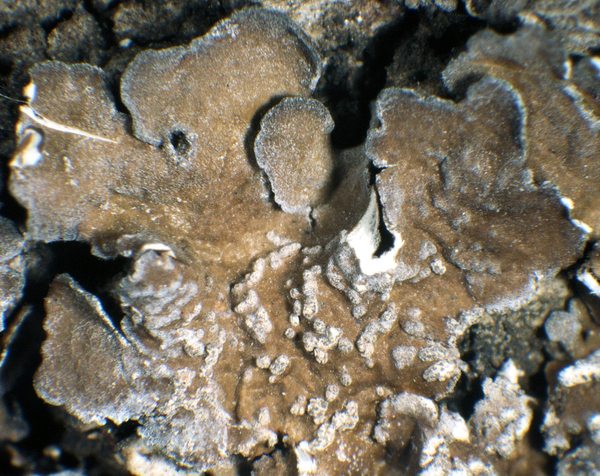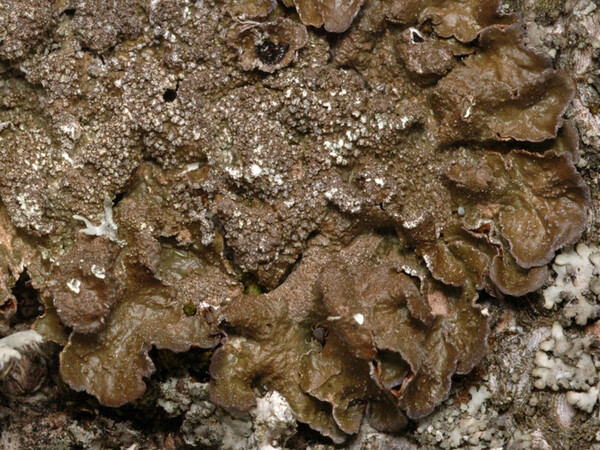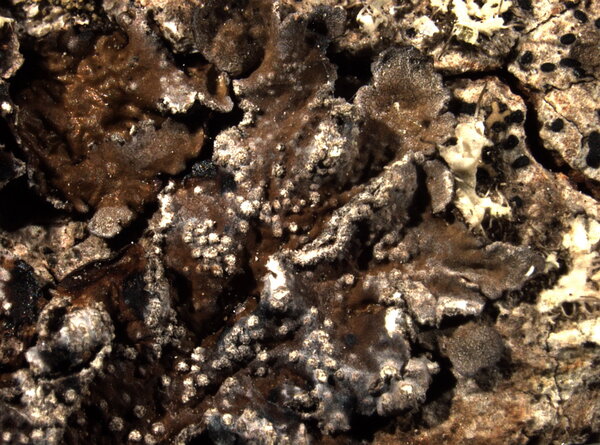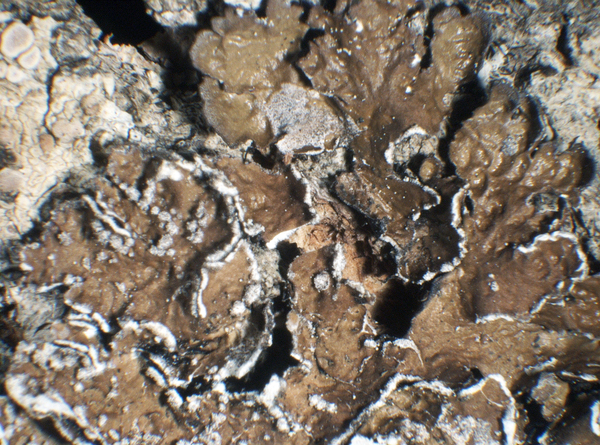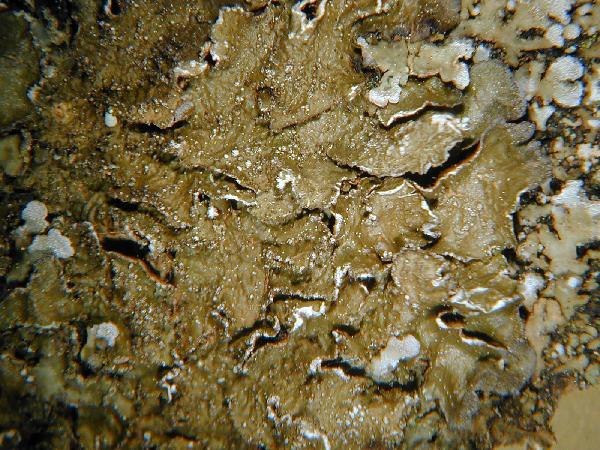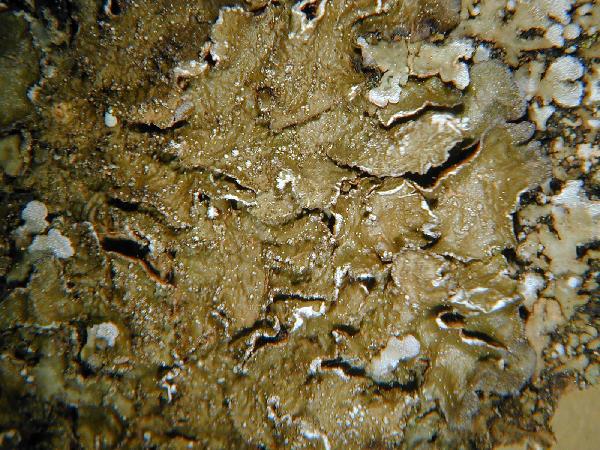Melanelixia subargentifera (Nyl.) O. Blanco, A. Crespo, Divakar, Essl., D. Hawksw. & Lumbsch
Mycol. Res., 108: 882, 2004. Basionym: Parmelia subargentifera Nyl. - Flora, 58: 359, 1875.
Synonyms: Melanelia subargentifera (Nyl.) Essl.; Parmelia conspurcata (Schaer.) Vain.; Parmelia sorediomanes (Nyl.) Gyeln.; Parmelia verruculifera auct. p.p. non Nyl.
Distribution: N - VG, Frl, Ven (Caniglia & al. 1999, Lazzarin 2000, 2000b, Nascimbene & Caniglia 2002, 2003c, Nascimbene 2005c), TAA (Philippi 1983, Nascimbene 2003, 2005b, 2008b, 2014, Thor & Nascimbene 2007, Nascimbene & al. 2007b, 2022, Zarabska & al. 2009, Nimis & al. 2015), Lomb (Arosio & al. 2003, Chiappetta & al. 2005, Furlanetto 2010, Brackel 2013, Gheza 2019), Piem (Morisi & Sereno 1995, Clerc & al. 1999, Piervittori 2003, Isocrono & al. 2005b, Furlanetto 2010), VA (Piervittori & Maffei 1996, 2001, Piervittori & Isocrono 1999), Emil (Gasparo & Tretiach 1996, Fariselli & al. 2020), Lig (Giordani & Brunialti 2000). C - Marc (Nimis & Tretiach 1999), Umb (Ravera 1998, Ravera & al. 2006), Abr (Recchia & al. 1993, Olivieri & al. 1997, 1997b, Loppi & al. 1999, Nimis & Tretiach 1999, Brackel 2015, Gheza & al. 2021), Mol (Paoli & al. 2015). S - Bas (Potenza & al. 2014).
Description: Thallus foliose, heteromerous, dorsiventral, adpressed but often somewhat raised on the margins and lobe-ends, forming up to 8(-11) cm wide rosettes, sorediate. Lobes contiguous to slightly imbricate, (1-)2-3(-6) mm broad, flat, olive-brown to dark brown, very often grey-pruinose, especially near the margins, smooth to rugose in central parts, matt throughout, usually with tiny, hyaline cortical hairs especially near the margins and at lobe-ends. Soredia granular to almost isidioid, brown (whitish when abraded), arranged in mostly submarginal, at first punctiform, then confluent soralia developing from small pustules. Lower surface dark brown to black, paler at the periphery, with mostly simple, dark rhizines. Upper cortex paraplectenchymatous, with a pored epicortex, the cell walls containing isolichenan; medulla white; lower cortex paraplectenchymatous. Apothecia very rare, lecanorine, with a brown disc and a sorediate, hairy thalline margin. Epithecium brown; hymenium and hypothecium colourless. Asci 8-spored, clavate, the K/I+ blue tholus penetrated by a faintly amyloid apical cushion with parallel or diverging flanks, the wall K/I-, surrounded by a K/I+ blue outer layer, Lecanora-type. Ascospores 1-celled, hyaline, ellipsoid, 11-13 x 7-8.5 µm. Pycnidia rare, black, immersed. Conidia slightly dumbbell-shaped to bacilliform, 5-7.5 x c. 1 µm. Photobiont chlorococcoid. Spot tests: upper cortex K-, C-, KC-, P-, N-; medulla K-, C+ red, KC+ red, P-, UV-. Chemistry: medulla with lecanoric acid.
Note: a temperate lichen of areas with a continental climate, found on the bark of isolated deciduous trees; most common in the dry-warm Alpine valleys, and extending into upland areas along the eastern side of the Peninsula, especially in the internal valleys of the Apennines.
Growth form: Foliose, broad lobed
Substrata: bark
Photobiont: green algae other than Trentepohlia
Reproductive strategy: mainly asexual, by soredia, or soredia-like structures (e.g. blastidia)
Subcontinental: restricted to areas with a dry-subcontinental climate (e.g. dry Alpine valleys, parts of Mediterranean Italy)
Commonnes-rarity: (info)
Alpine belt: absent
Subalpine belt: extremely rare
Oromediterranean belt: absent
Montane belt: very rare
Submediterranean belt: rare
Padanian area: absent
Humid submediterranean belt: absent
Humid mediterranean belt: absent
Dry mediterranean belt: absent
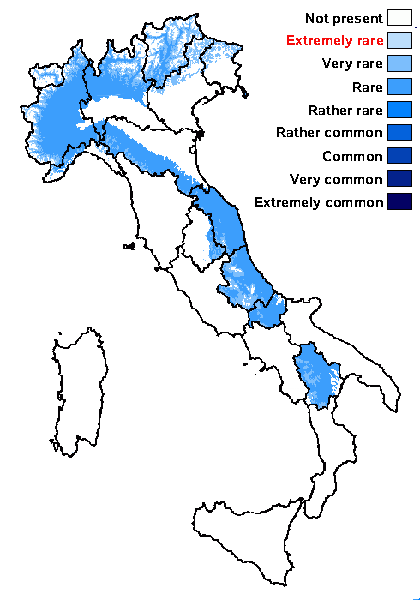
Predictive model
Herbarium samples
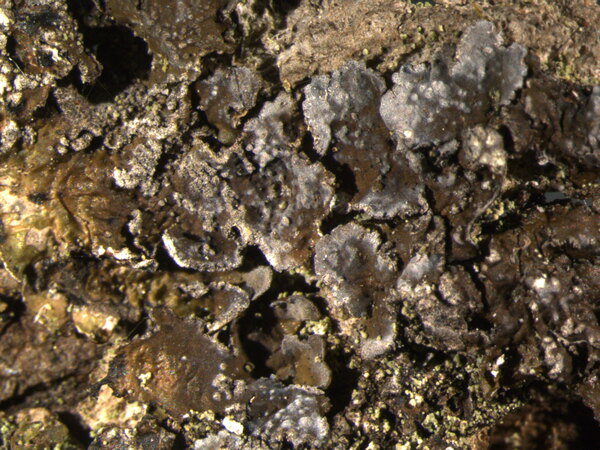

Juri Nascimbene; Owner: Department of Life Sciences, University of Trieste
Italy, Trentino-Alto Adige, Trento, Villa Welsperg, Centro Visitatori del Parco di Paneveggio; altitude: 1030 m
03.04.2009
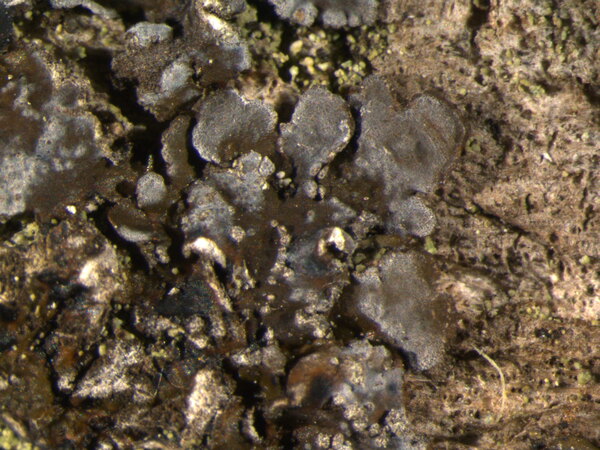

Juri Nascimbene; Owner: Department of Life Sciences, University of Trieste
Italy, Trentino-Alto Adige, Trento, Villa Welsperg, Centro Visitatori del Parco di Paneveggio; altitude: 1030 m
03.04.2009


E. Pittao; Owner: Department of Life Sciences, University of Trieste
Herbarium: TSB (23826)
2008.04.02
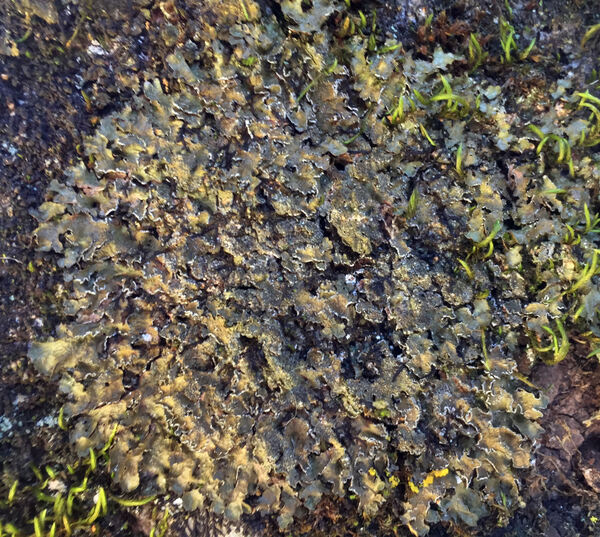

P.L. Nimis; Owner: Department of Life Sciences, University of Trieste
Italy, Friuli Venezia Giulia, Udine, Ampezzo Carnico, 600 m
09.09.2016
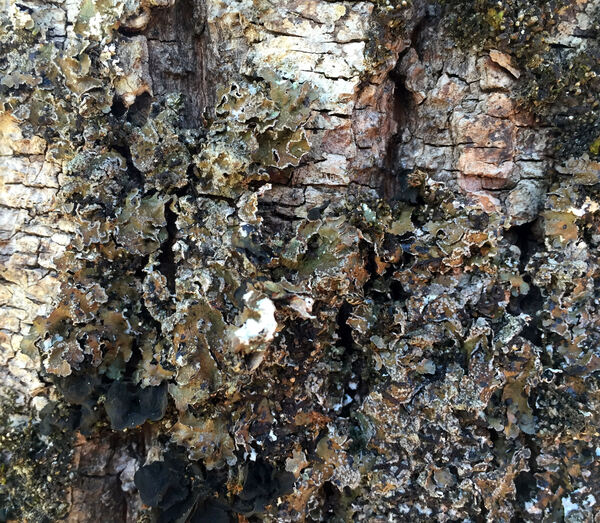

P.L. Nimis; Owner: Department of Life Sciences, University of Trieste
Italy, Friuli Venezia Giulia, Udine, Ampezzo Carnico, 600 m
09.09.2016
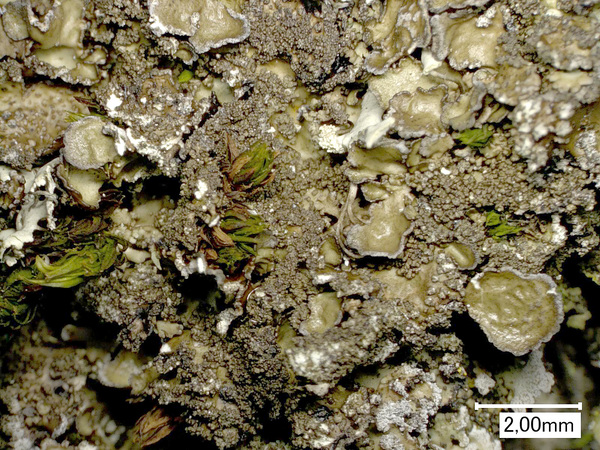

Felix Schumm - CC BY-SA 4.0
[16597], Germany, Baden-Württemberg, Kreis Reutlingen, 2.5 km westlich von Münsingen, Altes Lager auf dem ehemaligen Truppenübungsplatz, 48.41935° N, 9.53646° E, 817 m, auf Acer, TK 7523/3. Leg. Schumm 14.08.2010, det. Schumm 2010.
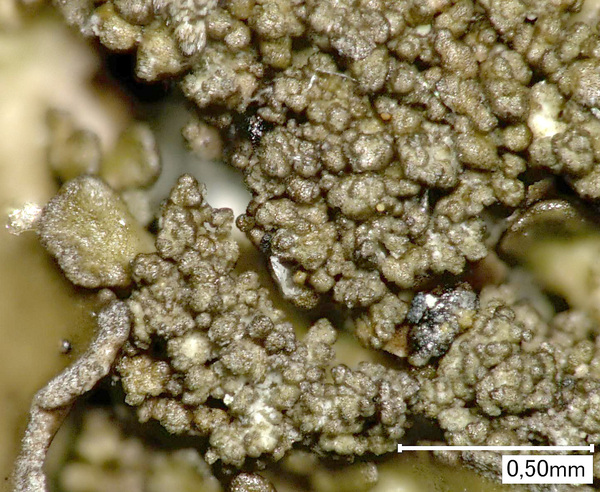

Felix Schumm - CC BY-SA 4.0
[16597], Germany, Baden-Württemberg, Kreis Reutlingen, 2.5 km westlich von Münsingen, Altes Lager auf dem ehemaligen Truppenübungsplatz, 48.41935° N, 9.53646° E, 817 m, auf Acer, TK 7523/3. Leg. Schumm 14.08.2010, det. Schumm 2010.


Felix Schumm - CC BY-SA 4.0
[16597], Germany, Baden-Württemberg, Kreis Reutlingen, 2.5 km westlich von Münsingen, Altes Lager auf dem ehemaligen Truppenübungsplatz, 48.41935° N, 9.53646° E, 817 m, auf Acer, TK 7523/3. Leg. Schumm 14.08.2010, det. Schumm 2010.
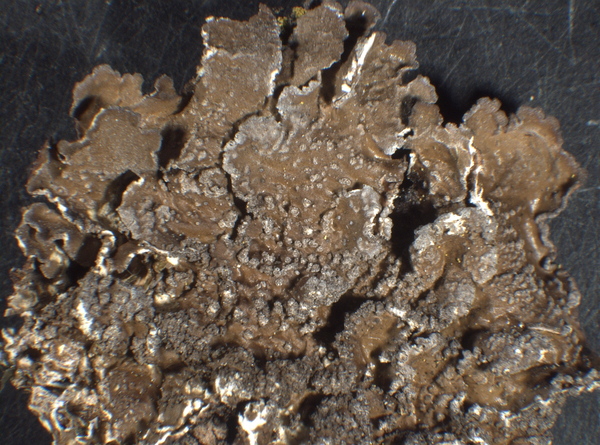

E. Pittao; Owner: Department of Life Sciences, University of Trieste
Herbarium: TSB (31344)
2008.04.02
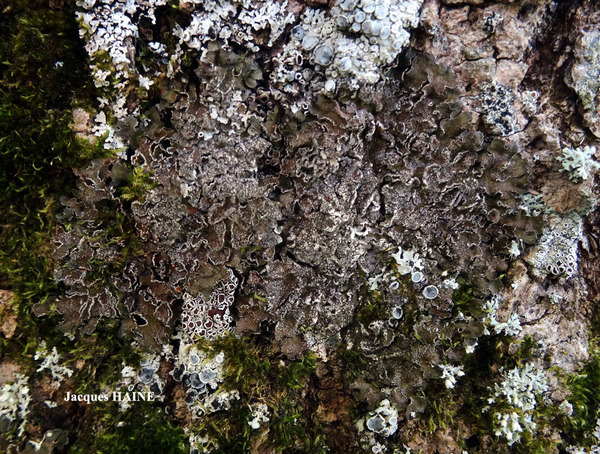
Jacques Haine - Source: http://www.lichensmaritimes.org/index.php?task=fiche&lichen=555&lang=en
France, Bourg Saint Maurice

Jacques Haine - Source: http://www.lichensmaritimes.org/index.php?task=fiche&lichen=555&lang=en
France, Bourg Saint Maurice
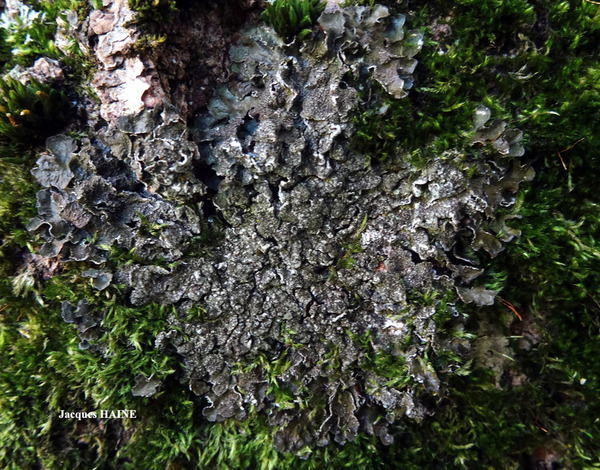
Jacques Haine - Source: http://www.lichensmaritimes.org/index.php?task=fiche&lichen=555&lang=en
France, Bourg Saint Maurice

Jacques Haine - Source: http://www.lichensmaritimes.org/index.php?task=fiche&lichen=555&lang=en
France, Bourg Saint Maurice
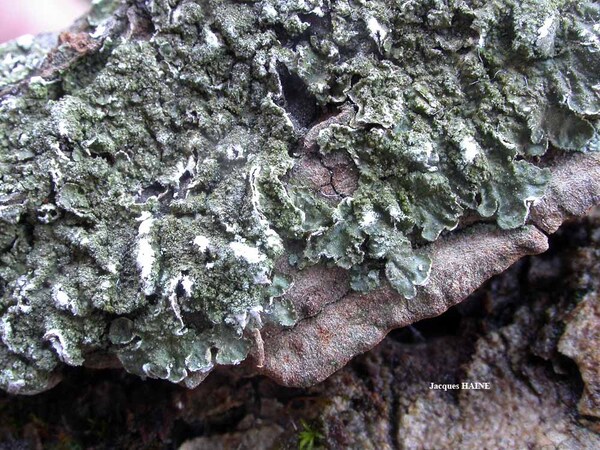
Jacques Haine - Source: http://www.lichensmaritimes.org/index.php?task=fiche&lichen=555&lang=en
France, Sur Tilia, Tarentaise
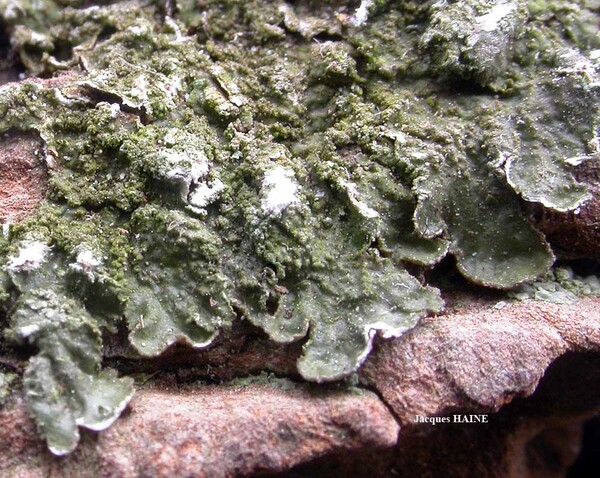
Jacques Haine - Source: http://www.lichensmaritimes.org/index.php?task=fiche&lichen=555&lang=en
France, Sur Tilia, Tarentaise
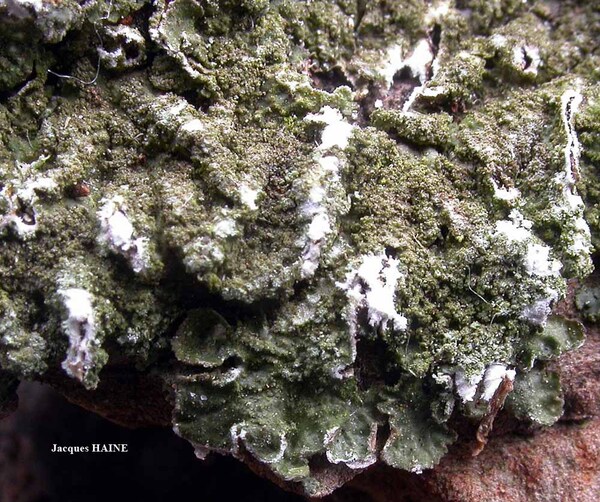
Jacques Haine - Source: http://www.lichensmaritimes.org/index.php?task=fiche&lichen=555&lang=en
France, Sur Tilia, Tarentaise
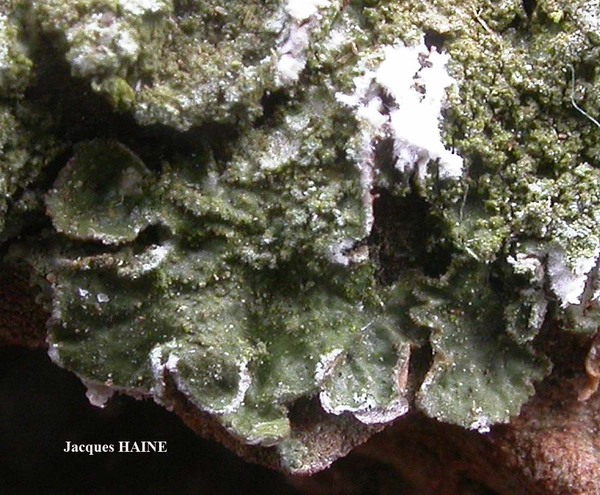
Jacques Haine - Source: http://www.lichensmaritimes.org/index.php?task=fiche&lichen=555&lang=en
France, Sur Tilia, Tarentaise
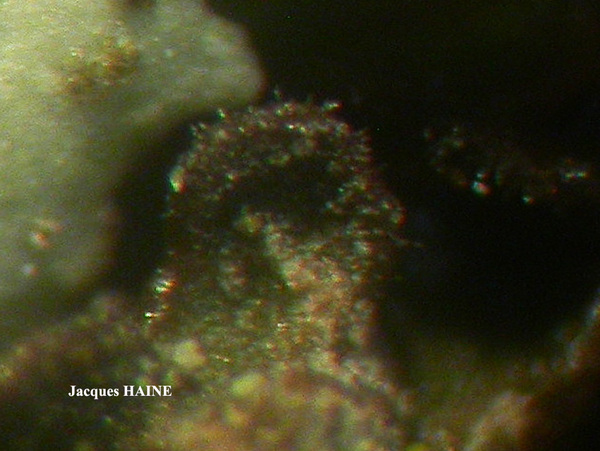
Jacques Haine - Source: http://www.lichensmaritimes.org/index.php?task=fiche&lichen=555&lang=en
France, Bourg Saint Maurice
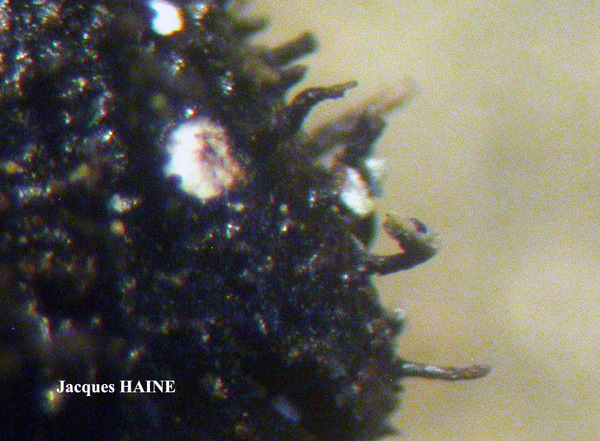
Jacques Haine - Source: http://www.lichensmaritimes.org/index.php?task=fiche&lichen=555&lang=en
France, Bourg Saint Maurice
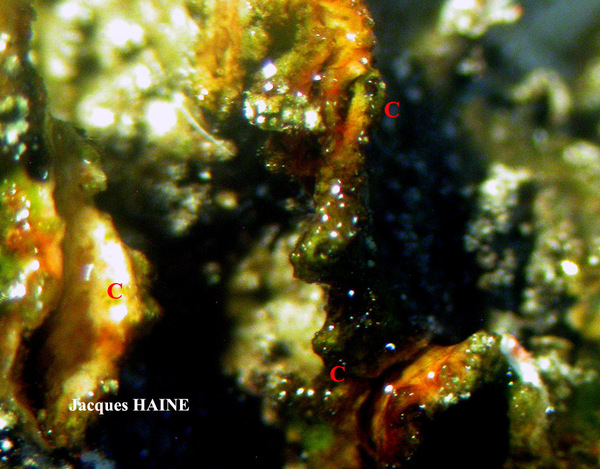
Jacques Haine - Source: http://www.lichensmaritimes.org/index.php?task=fiche&lichen=555&lang=en
France, Bourg Saint Maurice
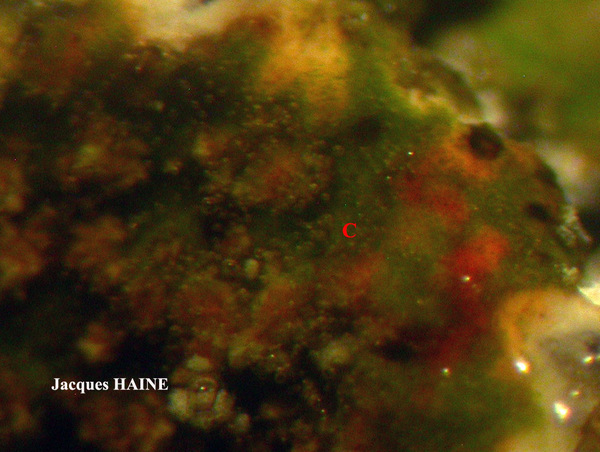
Jacques Haine - Source: http://www.lichensmaritimes.org/index.php?task=fiche&lichen=555&lang=en
France, Bourg Saint Maurice
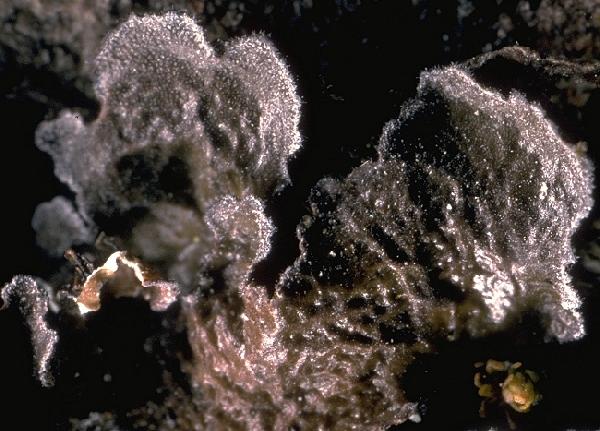
Ulrich Kirschbaum CC BY-SA 4.0 – Source: https://www.thm.de/lse/ulrich-kirschbaum/flechtenbilder
Central Europe
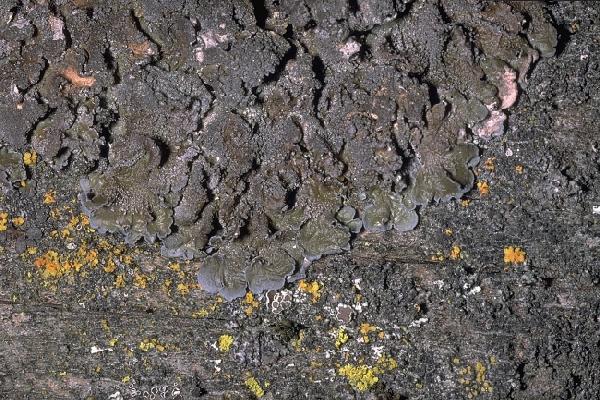
Ulrich Kirschbaum CC BY-SA 4.0 – Source: https://www.thm.de/lse/ulrich-kirschbaum/flechtenbilder
Central Europe

Ulrich Kirschbaum CC BY-SA 4.0 – Source: https://www.thm.de/lse/ulrich-kirschbaum/flechtenbilder
Central Europe
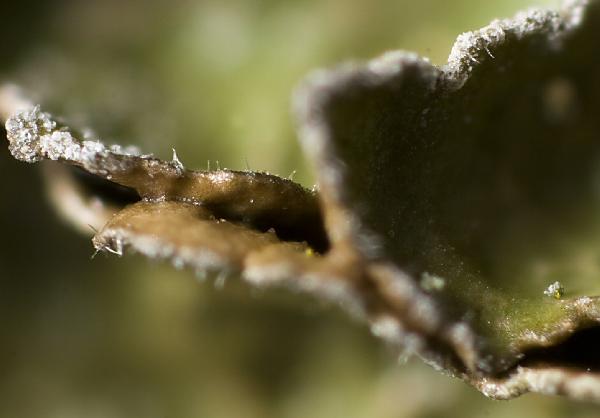
Ulrich Kirschbaum CC BY-SA 4.0 – Source: https://www.thm.de/lse/ulrich-kirschbaum/flechtenbilder
Central Europe
Growth form: Foliose, broad lobed
Substrata: bark
Photobiont: green algae other than Trentepohlia
Reproductive strategy: mainly asexual, by soredia, or soredia-like structures (e.g. blastidia)
Subcontinental: restricted to areas with a dry-subcontinental climate (e.g. dry Alpine valleys, parts of Mediterranean Italy)
Commonnes-rarity: (info)
Alpine belt: absent
Subalpine belt: extremely rare
Oromediterranean belt: absent
Montane belt: very rare
Submediterranean belt: rare
Padanian area: absent
Humid submediterranean belt: absent
Humid mediterranean belt: absent
Dry mediterranean belt: absent

Predictive model
| Herbarium samples |


Juri Nascimbene; Owner: Department of Life Sciences, University of Trieste
Italy, Trentino-Alto Adige, Trento, Villa Welsperg, Centro Visitatori del Parco di Paneveggio; altitude: 1030 m
03.04.2009


Juri Nascimbene; Owner: Department of Life Sciences, University of Trieste
Italy, Trentino-Alto Adige, Trento, Villa Welsperg, Centro Visitatori del Parco di Paneveggio; altitude: 1030 m
03.04.2009


E. Pittao; Owner: Department of Life Sciences, University of Trieste
Herbarium: TSB (23826)
2008.04.02


P.L. Nimis; Owner: Department of Life Sciences, University of Trieste
Italy, Friuli Venezia Giulia, Udine, Ampezzo Carnico, 600 m
09.09.2016


P.L. Nimis; Owner: Department of Life Sciences, University of Trieste
Italy, Friuli Venezia Giulia, Udine, Ampezzo Carnico, 600 m
09.09.2016


Felix Schumm - CC BY-SA 4.0
[16597], Germany, Baden-Württemberg, Kreis Reutlingen, 2.5 km westlich von Münsingen, Altes Lager auf dem ehemaligen Truppenübungsplatz, 48.41935° N, 9.53646° E, 817 m, auf Acer, TK 7523/3. Leg. Schumm 14.08.2010, det. Schumm 2010.


Felix Schumm - CC BY-SA 4.0
[16597], Germany, Baden-Württemberg, Kreis Reutlingen, 2.5 km westlich von Münsingen, Altes Lager auf dem ehemaligen Truppenübungsplatz, 48.41935° N, 9.53646° E, 817 m, auf Acer, TK 7523/3. Leg. Schumm 14.08.2010, det. Schumm 2010.


Felix Schumm - CC BY-SA 4.0
[16597], Germany, Baden-Württemberg, Kreis Reutlingen, 2.5 km westlich von Münsingen, Altes Lager auf dem ehemaligen Truppenübungsplatz, 48.41935° N, 9.53646° E, 817 m, auf Acer, TK 7523/3. Leg. Schumm 14.08.2010, det. Schumm 2010.


E. Pittao; Owner: Department of Life Sciences, University of Trieste
Herbarium: TSB (31344)
2008.04.02

Jacques Haine - Source: http://www.lichensmaritimes.org/index.php?task=fiche&lichen=555&lang=en
France, Bourg Saint Maurice

Jacques Haine - Source: http://www.lichensmaritimes.org/index.php?task=fiche&lichen=555&lang=en
France, Bourg Saint Maurice

Jacques Haine - Source: http://www.lichensmaritimes.org/index.php?task=fiche&lichen=555&lang=en
France, Bourg Saint Maurice

Jacques Haine - Source: http://www.lichensmaritimes.org/index.php?task=fiche&lichen=555&lang=en
France, Bourg Saint Maurice

Jacques Haine - Source: http://www.lichensmaritimes.org/index.php?task=fiche&lichen=555&lang=en
France, Sur Tilia, Tarentaise

Jacques Haine - Source: http://www.lichensmaritimes.org/index.php?task=fiche&lichen=555&lang=en
France, Sur Tilia, Tarentaise

Jacques Haine - Source: http://www.lichensmaritimes.org/index.php?task=fiche&lichen=555&lang=en
France, Sur Tilia, Tarentaise

Jacques Haine - Source: http://www.lichensmaritimes.org/index.php?task=fiche&lichen=555&lang=en
France, Sur Tilia, Tarentaise

Jacques Haine - Source: http://www.lichensmaritimes.org/index.php?task=fiche&lichen=555&lang=en
France, Bourg Saint Maurice

Jacques Haine - Source: http://www.lichensmaritimes.org/index.php?task=fiche&lichen=555&lang=en
France, Bourg Saint Maurice

Jacques Haine - Source: http://www.lichensmaritimes.org/index.php?task=fiche&lichen=555&lang=en
France, Bourg Saint Maurice

Jacques Haine - Source: http://www.lichensmaritimes.org/index.php?task=fiche&lichen=555&lang=en
France, Bourg Saint Maurice

Ulrich Kirschbaum CC BY-SA 4.0 – Source: https://www.thm.de/lse/ulrich-kirschbaum/flechtenbilder
Central Europe

Ulrich Kirschbaum CC BY-SA 4.0 – Source: https://www.thm.de/lse/ulrich-kirschbaum/flechtenbilder
Central Europe

Ulrich Kirschbaum CC BY-SA 4.0 – Source: https://www.thm.de/lse/ulrich-kirschbaum/flechtenbilder
Central Europe

 INDEX FUNGORUM
INDEX FUNGORUM
 GBIF
GBIF
 DOLICHENS
DOLICHENS
